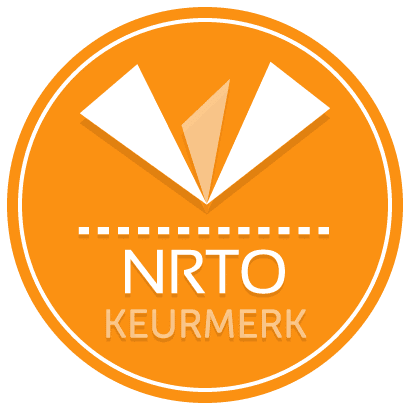Vind de training die bij jouw doelen past
Terugbelverzoek
Vul hieronder jouw gegevens in, zodat wij telefonisch contact met je kunnen opnemen.
Wij zijn dé IT-opleider van het noorden
- Train bij ons in Drachten of op jouw eigenlocatie.
- Klanten geven ons een 9.2
- Erkende trainers.
- Ontvang een certificaat na deelname!

x
